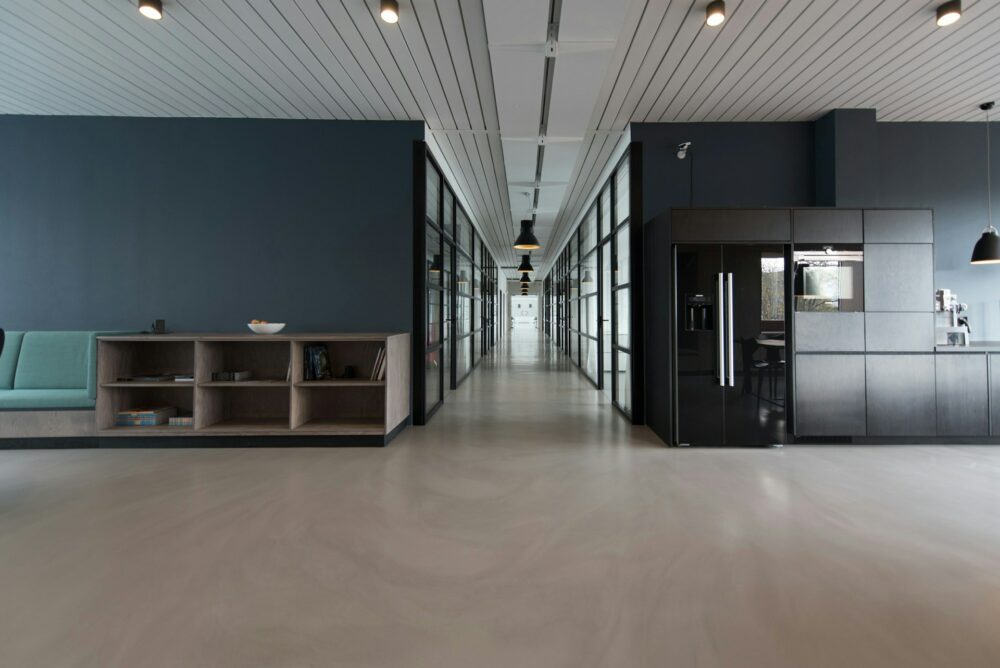Maximizing productivity is not just a goal—it’s a necessity. This article aims to equip you with the essential tools and strategies needed to enhance productivity within your workspace. From leveraging cutting-edge technology to adopting time-tested organizational techniques, this guide will explore how to effectively streamline workflows, foster a culture of efficiency, and empower individuals and teams to achieve their full potential. Whether you’re a startup looking to scale or an established company seeking to optimize operations, the insights provided here will be invaluable in your quest for productivity excellence.
Tools for Connectivity and Collaboration
The digital workspace is more than a trend; it’s a fundamental shift in how we collaborate and get work done. By utilizing cloud-based platforms and collaboration tools, businesses can ensure that team members stay connected regardless of their physical location. Tools like communication, project management, and document collaboration software have proven essential in fostering real-time collaboration and maintaining project momentum even in remote work settings.
These digital tools offer seamless integration capabilities, allowing for a more efficient flow of information across different applications. By creating a centralized digital hub for work, teams can significantly reduce the time spent searching for files, streamline communication channels, and enhance overall productivity. The key is to select the right mix of tools that align with your team’s specific needs and workflows, ensuring that technology serves as a catalyst for efficiency, not a distraction. You should look for efficient mail solutions like franking machines, which offer a range of features like automated postage calculation and printing to save time on sending out physical mail. Or you can explore communication platforms like Slack or Microsoft Teams to facilitate quick and easy virtual interactions.
Creating an Ergonomic Workspace
An often overlooked aspect of office efficiency is the physical workspace itself. An ergonomic office design supports employees’ well-being and significantly impacts productivity. Investing in ergonomic chairs and desks, along with proper lighting and monitor stands, can reduce physical strain and prevent fatigue. This, in turn, keeps energy levels high and maintains focus throughout the day.
Creating a workspace that allows for flexibility, such as standing desks or areas for relaxation, can foster a more dynamic work environment. Encouraging movement and providing spaces for breaks are essential for mental clarity and creativity. By designing an office layout that promotes physical comfort and well-being, businesses can enhance employee satisfaction and drive higher levels of productivity.
Fostering a Culture of Continuous Improvement
Building a culture that values continuous improvement is crucial for sustained productivity. It involves regularly reviewing processes, soliciting feedback, and being open to change and innovation. Encouraging team members to identify inefficiencies and suggest improvements creates a sense of ownership and engagement. Regular brainstorming sessions and open forums can spark innovative ideas and lead to process optimizations that significantly enhance productivity.
Implementing a system for tracking progress and celebrating successes, no matter how small, reinforces the importance of continuous improvement. Recognizing individual and team achievements not only boosts morale but also motivates everyone to keep looking for ways to better themselves and their workflows. This cycle of evaluation, innovation, and recognition keeps the momentum of productivity growth going.
The Role of Leadership in Productivity
Leadership plays a pivotal role in setting the tone for productivity within the office. Leading by example, setting clear goals, and providing the resources necessary for teams to succeed are fundamental components. Effective leaders also understand the importance of communication in aligning team efforts toward common goals. By fostering an environment of transparency and support, leaders can empower their teams to take initiative and make decisions that drive productivity.
Investing in training and development ensures that team members are equipped with the skills needed to excel in their roles. Focusing on building leadership qualities at all levels fosters a culture of accountability and encourages everyone to contribute their best to collective success. Effective leadership is about enabling teams to work smarter, not harder, and cultivating an environment where productivity thrives.
Leveraging Technology for Efficient Task Management
Integrating technology into daily operations can significantly optimize task management and workflow efficiency. Modern task management software facilitates work prioritization and tracking and enhances team collaboration by providing a shared platform for monitoring project progress.
These tools often come with features such as automated task assignments, deadline reminders, and progress tracking, which help minimize the chances of tasks falling through the cracks. Adopting such technologies can lead to a more organized approach to handling workloads, allowing teams to focus on the most critical tasks at hand without getting overwhelmed by the volume of pending tasks.
Incorporating artificial intelligence and machine learning algorithms into these platforms can provide predictive insights and help in allocating resources more effectively. By analyzing past performance data, these technologies can forecast project timelines, identify potential bottlenecks before they occur, and suggest optimal workflows.

Office efficiency is crucial for staying competitive. Businesses can achieve higher productivity and drive growth by utilizing the right tools and strategies to enhance connectivity, create ergonomic workspaces, foster a culture of continuous improvement, develop effective leadership, and leverage technology for efficient task management.


